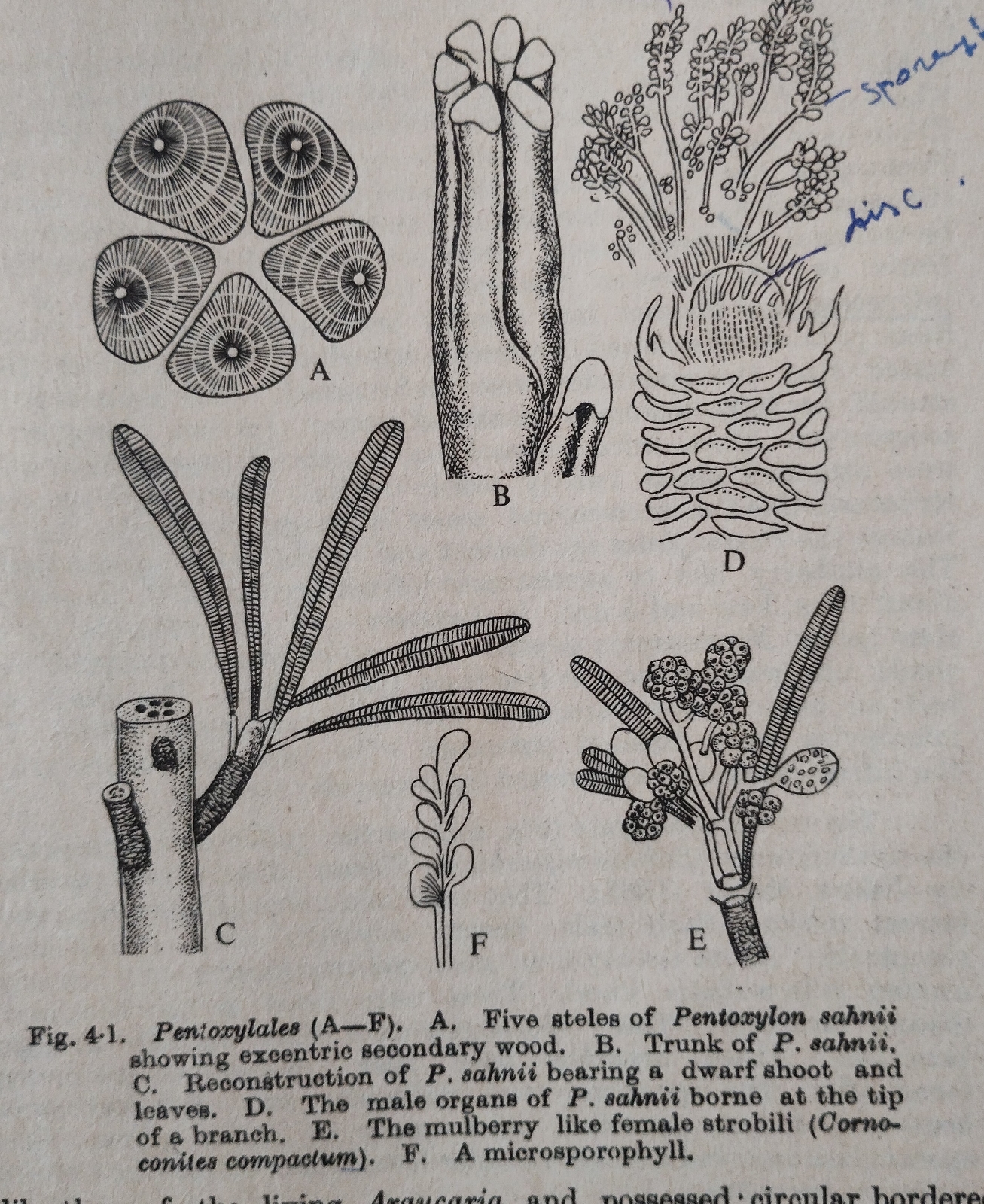Cnidaria, Annelida , Amphibia ,Reptalia
(1) State four important features of Phylum Cnidaria . Mark 4
Hydra, Obelia,Adamsia ,etc belongs to the Phylum Cnidaria and exhibit the following important general characters:
(i) Body diploblastic :
#outer epidermal ectoderm and
# inner gastrodermal endoderm.
In between these two germ layers mesoglea is present.
(ii) Gastrovascular cavity or digestion cavity opens only by mouth (i.e.anus absent) which is encircled by tentacles.
(iii) Nematocyst (stinging organelles) containing Cnidocyte cells are present in the body wall.
(iv) A few member organisms show dimorphism :
# Medusa (sexual phase) for pelagic existance and
#Polyp (asexual phase)for benthic existance .
(2) Classify Phylum Cnidaria upto sub-class level. 4 marks
Classification of Phylum Cnidaria (according to Ruppert & Barnes ,1994/6th Edn.):
Phylum : Cnidaria
Class I : Hydrozoa
e.g. Hydra, Obelia,Physalia,etc.
Class II: Scyphozoa
e.g. Aurelia, Pilema, etc.
Class lll: Cubozoa
Sub-class: Octocorallia/Alcyonaria
e.g. Gorgonia(sea fan),
Alcyonium (Dead man's fingure)
Class lV : Anthozoa
Sub-class: Hexacorallina/Zoantharia
e.g. Adamsia(sea anemones),
Fungia(mushroom coral),etc.
(3) State four important features of Phylum Annelida . 4 marks
Earthworm, Leech ,etc . belong to Phylum Annelida and exhibit the following features
(i) Body shows bilateral symmetry with metameric segmentation including a pre-segmental prostomium and a post segmental pygidium .
(ii) Body cavity true coelomate and lined by a peritonium or coelomic epithelium .
(iii) Outer epithelium is covered by a cuticle and also have epidermal bristles or chaetae in bundles or singly.
(iv) Metamerically arranged paired tubular Nephridia are the excretory organs.
(4) Classify Phylum Annelida. 3 marks
Classification , according to Marshal and Williams, 1972:-
Phylum :Annelida
Class l : Polychaeta
Sub-class: Errantia
e.g. Nereis , Sabella,etc
Sub-class: Sedentaria
e.g. Arenicola
Class ll : Archiannelida
e.g. Polygordius
Class lll : Oligochaeta
e.g. Metaphire
Class IV : Hirudinea
e.g. Hiruinaria
(5) General characters of Amphibia.
(i) Poikilothermal , body comprises a distinct haed with elongated trunk; neck and tail may or may not be present (Tail , if present, short and conical).
(ii) Skin smooth or rough , moist, naked and highly glandular( mucus gland and poison gland), have pigmented cells i.e. chromatophores .
(iii) Skull dicondylic ; eyelids and tympanum is present ; tongue often protrusible .
(iv) Adult members respire by lungs or skin or by bucco- pharyngeal cavity , gills present during larval stage ; heart three chambered with two auricles and one ventricle .
e.g. Frog , salamandars, etc.
(6) Classification of Amphibia.
Classification
( According to J.Z Young , 1981)
Class :Amphibia
Sub-class: Labyrinthodonta
(folded teeth)
e.g.
Sub-class : Lepospondyli
( Scale vertebrae)
Sub-class: Lissamphibia
( smooth amphibia)
Order I: Anura ( no tail)
e.g. Indian toad , indian bull frog
Order Il : Urodela(with tail)
e.g. Salamandra, Triturus,etc.
Order lll: Apoda(no limb)
e.g. Ichthyosis
(7) General characters of Reptilia.
(i) Poikilothermal, skin dry, cornified and usually covered with epifermal horny scales or scutes , skin gland absent, skull is monocondylic .
(ii) Heart consists of two auricles and a partially divided ventricle ( exception ..in crocodiles , heart four chambered ).
(iii) Kidney metanephric , nephrostome absent , uricotelic .
(iv) Usually oviparous , cleidoic eggs large and egg shell calcareous & porous for the exchange of gases.
(8) Classification of Reptilia.
(According to J.Z.Young,1981)
Class Reptilia
Sub-class l. Anapsida
e.g. Trionyx, Chelone, etc.
Sub-class ll. Synaposauria ( extinct )
Sub-class lll. Ichthyopterygia ( extinct )
Sub-class lV. Lepidosauria
e.g. Sphenodon puncyatus
S. guntheri,
Lizadrs, Snakes
Sub-class V. Archosauria
e.g. Alligator, Crocodile,
Gharials, etc.
Sub-class Vl. Synapsida (extinct)



Comments
Post a Comment